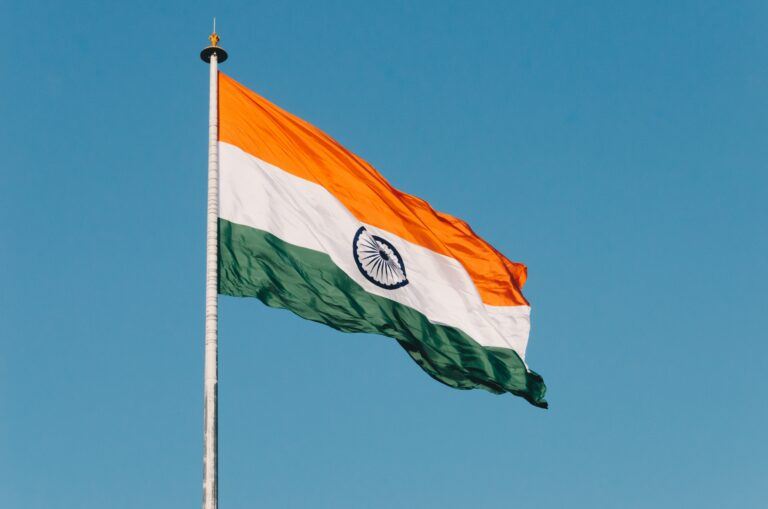Bitcoin (BTC) is currently trading at a roughly $600 premium in India, according to the market price available on the rupee-based exchange BitBns.com.
At the time of writing, bitcoin trades for just under 8 lakh rupees, or 800,000 INR, which is nearly $11,500 – significantly more than the going dollar price of $10,860.
This extreme price premium can be attributed to the difficulty of buying crypto in the country. As of last year, all regulated Indian banks and financial institutions have been banned from transacting in, and offering services related to crypto.
But the environment could soon become even more hostile.
CryptoGlobe reported in late April that a government working group made up of Indian tax, consumer protection, and general economic ministries had recommended a complete ban on even transacting or owning cryptoassets, much less integrating them into the mainstream, legal economy.
Bitcoin Demand Strong in India?
BitBns, one of the few operational rupee-denominated exchanges remaining, has apparently been able to skirt the increasingly draconian environment by allowing users to conduct their own P2P market, facilitated by the website, in order to buy and sell in Indian rupees. Other popular Indian exchanges, like Coindelta, have been forced to shut down.
The high premium may suggest a healthy demand in India for bitcoin and other cryptoassets, as Indians without international banking connections are forced to use the local currency to buy crypto. Data from crypto analytics website Coin.dance show that another popular crypto-fiat P2P platform, LocalBitcoins, has seen a sharp uptick in Indian trading volume since March-April.
 (source: Coin.dance)
(source: Coin.dance)
CryptoGlobe reported last month that volumes were not affected by, and even increased in spite of, the threat of a crypto ban.
Indian Government Measures
One recent instance in particular shows just how far the Indian government seems to be going to control the Indian economy.
In late 2016, the national government suddenly and without warning even to its own ministries, declared that all 500- and 1,000-rupee banknotes currently in circulation were null and void – in an action that is known in India as “Demonetization.” These notes represented more than half of the physical money then in circulation in the country.
While the stated aims of the action were to root out corruption and “black money” from the economy, Demonetization has often been panned as a disastrous failure that cost 1% of the country’s GDP, a loss of 1.5 million jobs, and hurt the poor most of all.








